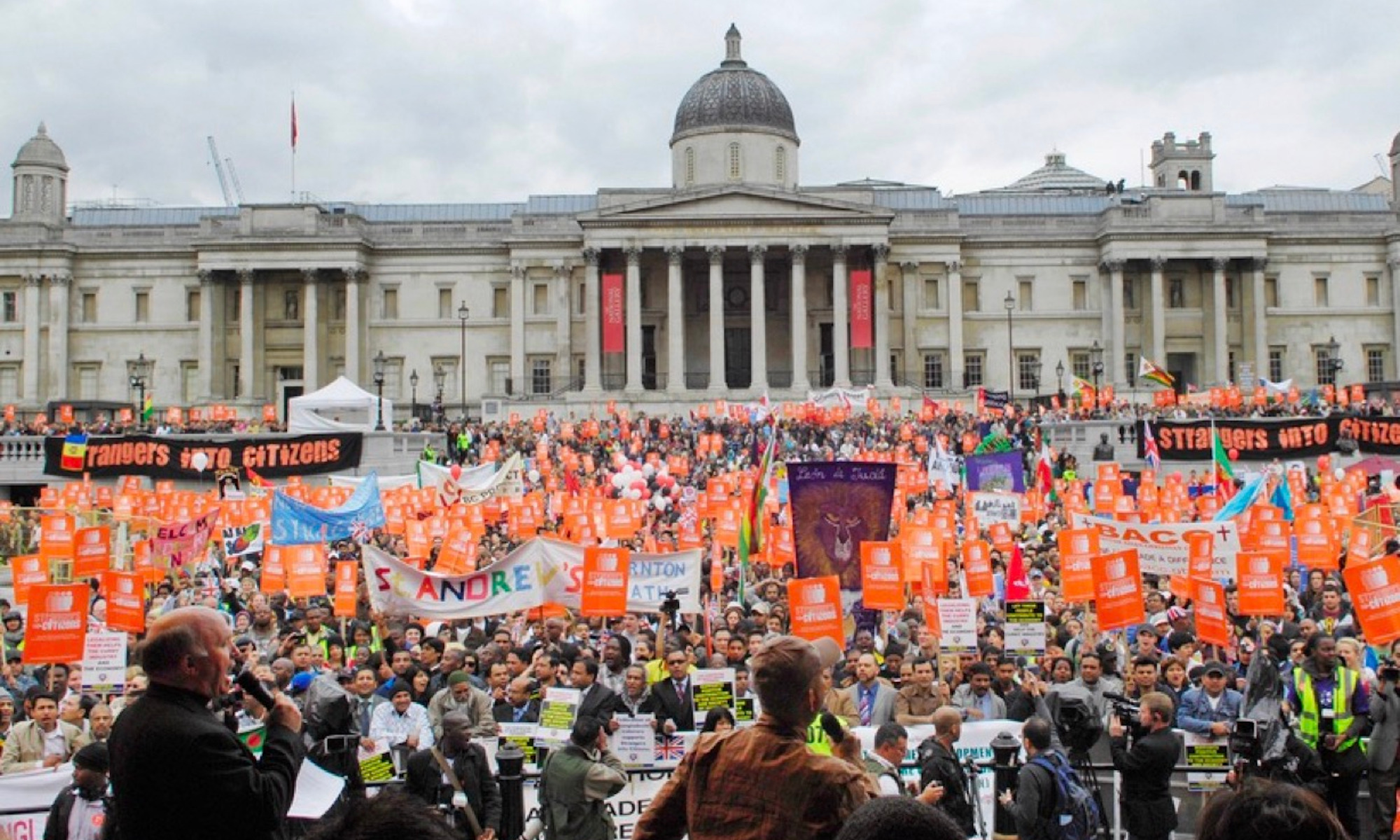An area near to the city center, home to the Tower of London and important industrial sites such as the entrance to the London docks pictured below, the population of Whitechapel District grew at a consistent rate of approximately 5-7,000 persons per decade for the first half of the nineteenth century. Remaining one of the most densely populated areas throughout the entirety of the century, unlike nearby districts such as Shoreditch St. Leonard’s Vestry, Bethnal Green Vestry, and Mile End Ole Town Vestry, which saw dramatic increases in population in the first half of the century, Whitechapel saw only steady increases. One slightly larger uptick in population between 1840 and 1860, which saw an additional 15,616 individuals settle in the area, may have been due to increased intercontinental travel caused by events such as the Irish Potato Famine. Whitechapel District was already a long established city center and densely populated, unaccommodating to drastic increases in population. Much of its northern territory, which bordered the Thames, held important industrial, legal, and financial institutions, which would not be ideal areas for additional housing and new growth.

In the second half of the nineteenth century, the population stagnated with only slight decreases. From 1850-1890, the population fell by only 8,396. In the same period, the neighboring City of London saw a 61,890 person decrease over the same 50-year period. In comparison to the City of London, which underwent the transformation of being one of the most to least densely populated areas over the course of the century, Whitechapel definitely had room for growth. The variety of institutions, some of which could only survive in lower-income densely populated areas like the Whitechapel Workhouse, accommodated a larger population. Additionally, by the mid-point of the century, growth may have occurred primarily in the north of the district, as several refuge’s and other charitable organizations were established in the area. However, as population declined, so did these institutions, most notably the workhouse, which indicates that work may have been sought elsewhere.

The seemingly endless stream of bodies pictured on a Sunday morning on Wentworth street, which straddles the border of the City of London and Whitechapel District, illustrates just how densely populated the area could become. The image includes a caption, attributing some of the thoroughfare to weekend shoppers buying errands, even depicting a presumptively Jewish immigrant fruit vendor, in the lower right corner of the image. The noise is described as “deafening,” in which a slew of different foreign languages can be heard. The moment captured offers insight not only to the sheer quantity of people in the area, but also the variety of their backgrounds and employment.




